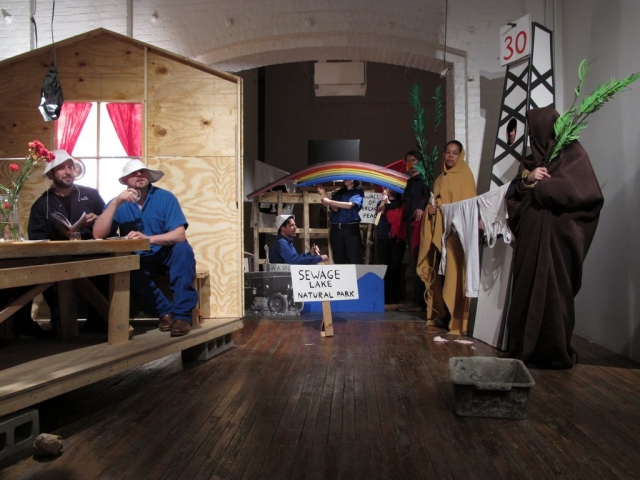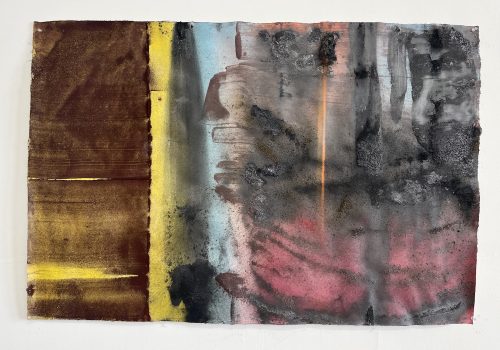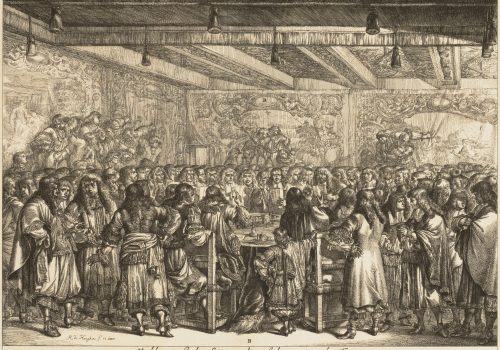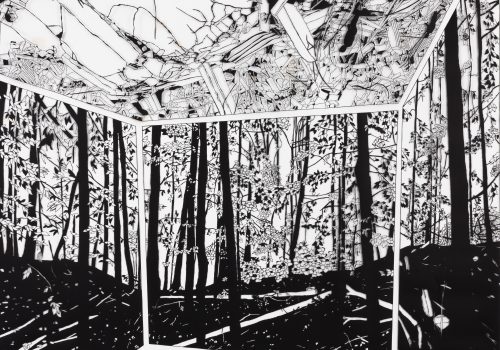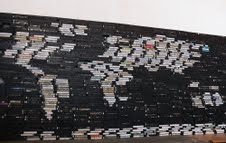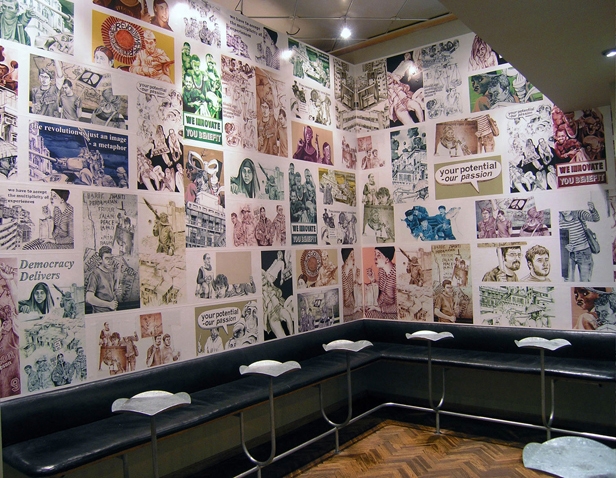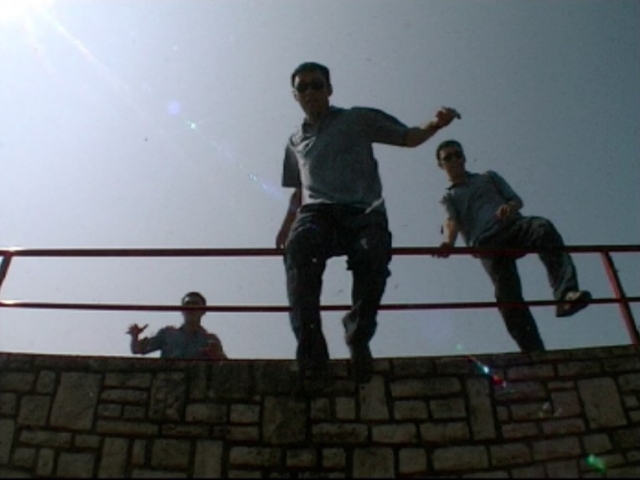ISCP TalkApril 10, 2010
Performance: Gergely László and the Yad Hanna Theater Group
Gergely László and the Yad Hanna Theater Group presents The Collective Man, a sketch in seven scenes, performed by Gergely László and the Yad Hanna Theater Group. On April 10, Kibbutz Yad Hanna celebrate its 60th anniversary. Founded near Tulkarem – bordering the Westbank – by young Hungarian survivors of the Holocaust, Israel’s best-known communist kibbutz was named Yad Hanna (Hannah Memorial) in homage to the heroic memory of Hanna Szenes. The founders of the kibbutz – officially established on April 10, 1950 and famous for its committed leftism – also included the younger sister of Gergely László’s maternal grandmother as well as her husband, who are still among the hundred to live on the premises of the once exemplarily managed settlement. The Collective Man is part of Gergely László’s Yad Hanna Kibbutz Project on the reconstruction of the (hi)story of a community, presenting the richness of its differences, patterns and identities in the context of personal and collective memory. Inspired by a research on theatre plays performed on Purim celebrations in Yad Hanna, quoting archival photographs and conversations with members of the Kibbutz, The Collective Man will be telling a story of a small community, in continuous struggle with the problems of sharing and living together.
